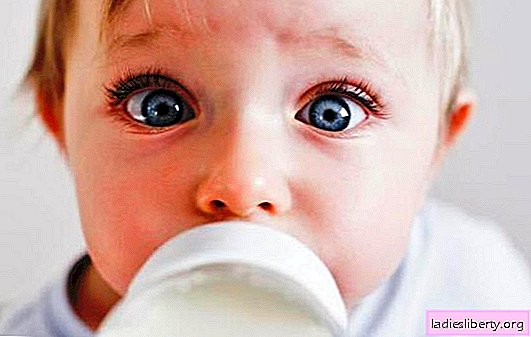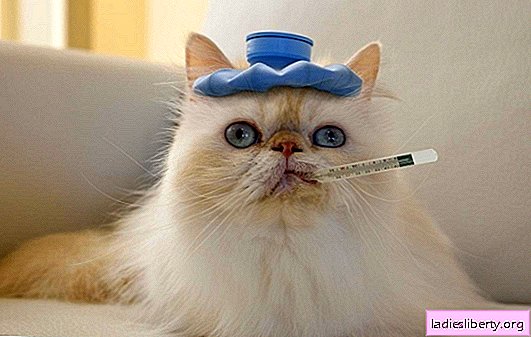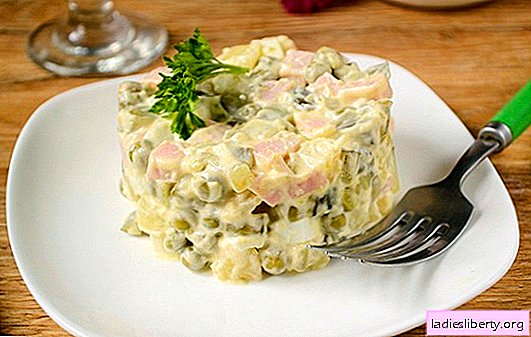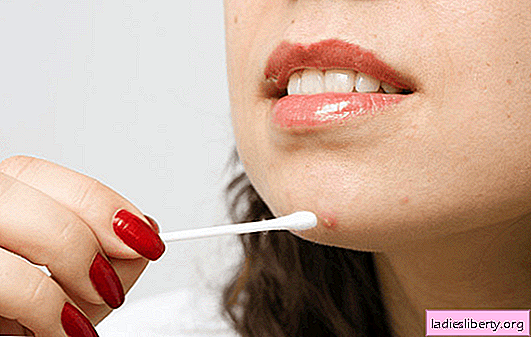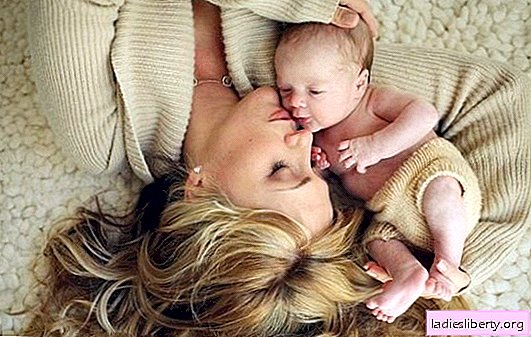
Slow caresses not only soothe, but actually relieve pain in newborns. British researchers report that rhythmic touch has a local anesthetic effect. The results of the study were published in the journal Biology. The effect, as scientists note, depends on the speed of stroking.
How did doctors find a positive stroking effect?
A team of pediatricians tested the effect of stroking more than 60 newborns. They studied the response of 2 weeks old children to needle pricking and vaccination. During a medical procedure, brain activity was measured using an electroencephalogram.
Although in both groups the same number of children moved their faces during injections, the painful reaction was less common in stroked babies.
Stroking the effect is similar to the action of local anesthetics - creams, plasters or sprays.
In children who were caressed very quickly - at a speed of 30 centimeters per second - the effect was not observed. Stroking did not affect foot pain.
How to iron children?
Researchers attribute pain relief to a specific group of nerve fibers in the skin called afferent C-fibers. Their "activation" is observed when stroking at a speed of about 3.5 centimeters per second.
Evaluation showed that slow stroking reduced the activity of the areas of the brain responsible for pain by about 60%.
The researchers chose a speed of 3 cm / second for a reason. French studies have already shown that 3 cm / second is the optimal stroking speed for adults.
Parents intuitively stroke their children at the optimum pace. If scientists better understand the neurobiological basis of methods such as baby massage, reasonable recommendations for parents will appear.
Researchers have the first neurophysiological evidence of the positive effect of stroking children. The mechanism of analgesia by a certain group of nerve fibers is quite plausible, emphasizes the specialist in neuropediatrics.
British researchers want to repeat the experiment in the near future with premature babies, whose nervous system is not fully developed.
Previous studies have shown that touch can strengthen the bond between mother and child, reduce stress and shorten hospital stay. Together with the analgesic effect, it seems that touch has strong medical potential.
Why does the baby feel positive when stroking?
The reason for the positive effect lies in the "C-tactile network" - the plexus of nerves that are responsible for the perception of touching the skin. If a person is gently touched, signals are transmitted to the islet cortex.
The islet cortex in the brain is involved in the processing of emotions. As a result of the touch, positive feelings are formed that eliminate or weaken the sensation of pain.
In experiments, scientists were able to show that the C-tactile network is most strongly stimulated at a stroking speed of 1 to 10 centimeters per second. However, it is still not fully understood whether babies have C-tactile fibers.
Parents can help children not get pain when taking blood or getting vaccinated.
It is recommended to iron children in the area of the skin that contains the most hair. The palm of the hand is not equipped with a network of C-tactile fibers.
Other "tricks" that relieve pain
Sucking a finger or candy soothes, and children have a need to suck objects. Alternatively, you can offer your baby the little finger. It is recommended to insert it into the mouth with the nail down.
Many children relax to music. Sometimes simple and monotonous everyday sounds help - the buzz of a vacuum cleaner or the noise of a hairdryer.
Even a rattling washing machine effectively calms the baby. You can put it with the cradle on a vibrating surface, but safety must be monitored.
If a child is older than 3-4 years old, things that disrupt the daily routine may distract him. When a mother suddenly imitates a dog barking, the child is first puzzled and perhaps forgets about what bothered him.

